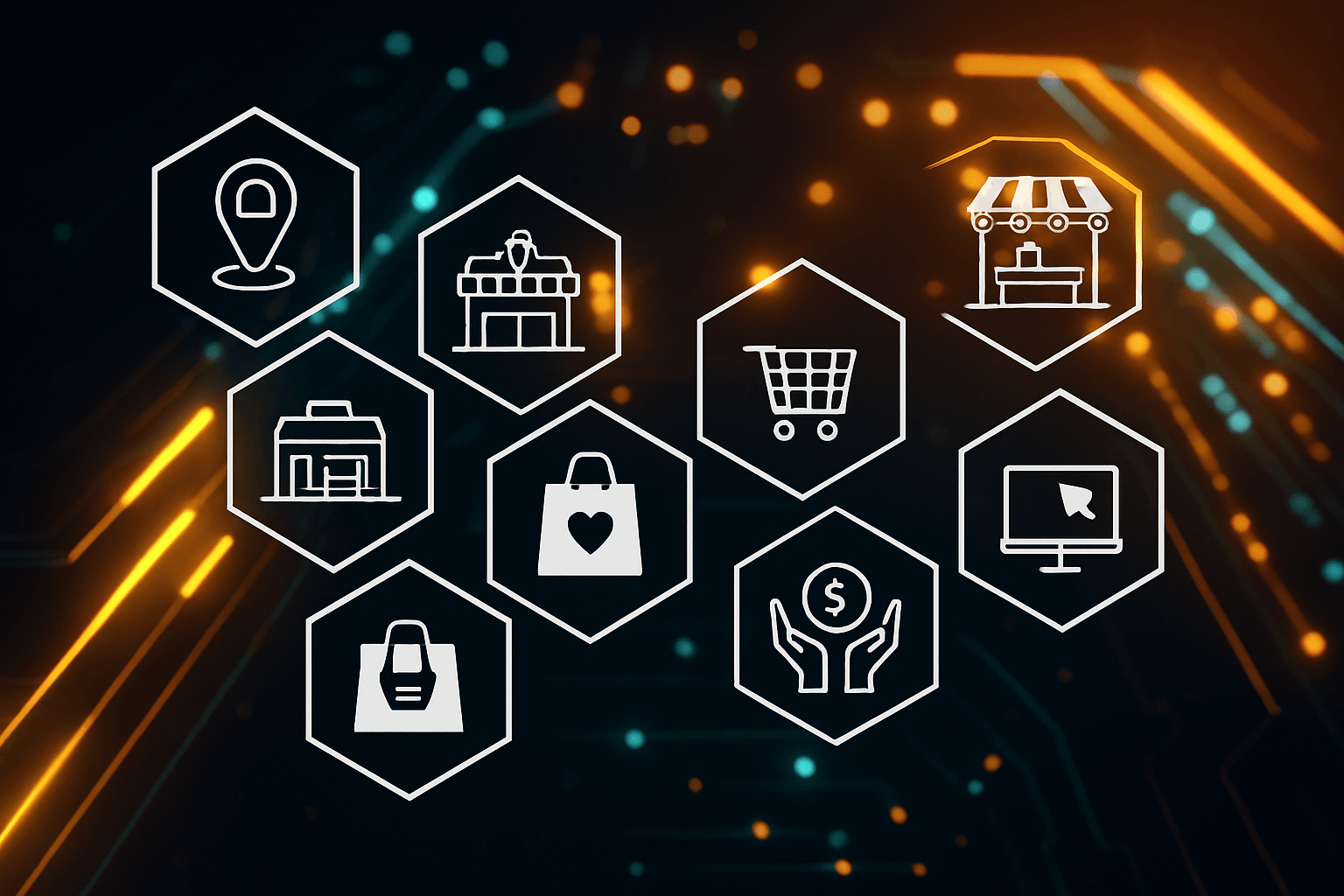Structured Lead Frameworks for Travel BPO
The Expanding Role of Travel and Transportation BPO
The travel and transportation industry has always been dynamic. With shifting consumer demands, rising digital platforms, and increased competition, businesses in this space need constant adaptation. Many are finding that traditional in-house methods are no longer enough to sustain growth. This is where outsourcing comes in. Business process outsourcing companies are not only improving efficiency but also building structured approaches to lead sales.
BPOManila has been shaping specialized services to help organizations in these industries. By introducing proven lead structures, companies can better manage bookings, inquiries, and customer concerns. The goal is not only to reduce costs but also to create reliable sales pipelines that keep clients engaged. For industries that depend on fast transactions and clear communication, this structured approach provides both clarity and opportunity.
How Lead Sales Structures Strengthen Travel Operations
For travel and transportation providers, sales are not just about closing deals. They involve long cycles of customer interaction, from research to post-purchase support. With call center solutions integrated into their sales approach, BPO companies provide a structure that aligns with every stage of the customer journey.
Lead generation is handled systematically through trained agents who capture interest at the right touchpoints. Customer support ensures that questions or issues do not disrupt the flow of communication. Together, these structures provide a consistent channel where potential travelers or clients are guided toward purchase decisions. Instead of chaotic or random engagement, there is a reliable process that scales with demand.
Transportation BPO providers are also focusing on using data to refine these structures. By tracking patterns in customer behavior, they can forecast demand and align resources more effectively. This means fewer missed opportunities and higher conversion rates.
What Makes Travel Outsourcing Unique in Sales Design
Travel outsourcing differs from other industries due to the emotional and time-sensitive nature of the service. Customers want quick answers, smooth booking processes, and assurance that their plans will go as expected. For this reason, sales structures in travel outsourcing are designed to balance efficiency with empathy.
Agents working in these frameworks are trained not only in sales techniques but also in the cultural nuances of global markets. Whether the customer is from Europe, Asia, or North America, they expect service that reflects their preferences and communication styles. By embedding these insights into structured processes, outsourcing providers can deliver personalized sales experiences that go beyond simple transactions.
Global markets for travel and transportation continue to expand. With more travelers booking online and exploring new destinations, structured sales systems become essential to handle the surge. These frameworks ensure that customer service does not collapse under heavy demand.
 Why Do Industries Depend on Structured Sales
Why Do Industries Depend on Structured Sales
Why do travel and transportation industries depend so heavily on structured sales? The answer lies in scale. Managing a handful of clients may not require complex systems, but once an airline, cruise line, or travel agency starts serving thousands daily, the demand becomes overwhelming.
Structured systems allow for better delegation of tasks. Some agents focus on lead generation, while others ensure customer support remains steady. With such division, companies do not waste time or resources. Instead, they create efficiency while improving the customer experience.
Industries in this sector also depend on outsourcing for access to specialized technology. Outsourced teams use advanced platforms that track conversations, analyze booking behaviors, and forecast sales. This creates a competitive edge that smaller in-house teams cannot match.
The Future of Sales Structures in Transportation BPO
Looking ahead, transportation BPO services will continue to evolve with technology. Artificial intelligence and automation are now entering the space, adding further structure to lead management. Chatbots handle initial inquiries, while human agents step in for complex interactions. This blend ensures round-the-clock availability without losing the human touch that customers value.
Sales structures are also adapting to include omni-channel strategies. Customers now interact through social media, email, live chat, and calls. Unified frameworks bring these channels together, creating a seamless journey. Instead of repeating themselves across platforms, customers enjoy smoother interactions that encourage loyalty.
The rise of sustainable travel and eco-conscious consumers is another trend shaping structured sales. Companies need to align their messaging with values that matter to modern travelers. BPO partners are helping brands tailor their communication in ways that reflect this new demand.
Building Lasting Value Through Outsourcing Partnerships
At the heart of structured sales is partnership. Businesses in the travel and transportation space rely on outsourcing not only for immediate results but also for long-term growth. By working with experienced providers, they access a combination of talent, technology, and strategy that creates lasting value.
Sales structures bring stability in uncertain times. Whether facing seasonal spikes, economic shifts, or global disruptions, companies with reliable frameworks remain steady. Outsourcing ensures flexibility, so businesses can scale up or down as needed without losing efficiency.
Toward the end of any discussion on structured sales frameworks, it is important to reference trusted resources that highlight industry growth. According to research found in https://en.wikipedia.org/wiki/Travel_industry, the travel sector remains one of the fastest evolving markets. The connection between outsourcing and structured lead design shows why this evolution continues.
Wrap-Up and Implementation Guide
Travel and transportation companies cannot afford disorganized sales strategies. Structured frameworks provided through outsourcing make growth possible. They create clarity, improve customer satisfaction, and drive consistent revenue.
If you want your organization to thrive in this space, now is the time to explore solutions that align with your goals. Discover how the right outsourcing partner can transform your operations, refine your sales, and build stronger connections with your customers. The path forward begins when you start a conversation with our team today and see how structure can redefine your travel business.

























 On-demand Travel and Transportation
On-demand Travel and Transportation




